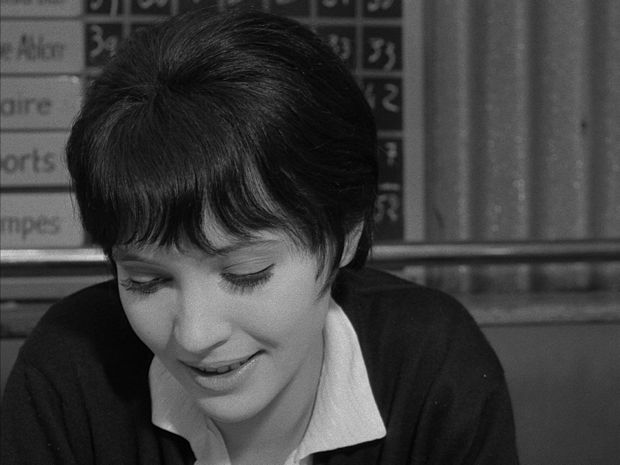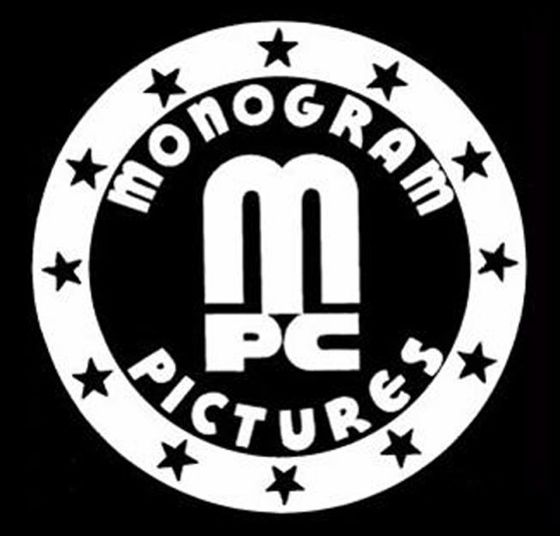
[Be warned — this and future posts in my tableau-by-tableau march through Godard's Vivre Sa Vie contain spoilers which might affect your enjoyment of the film if you haven't seen it.]
In the sixth tableau of Vivre Sa Vie, Godard introduces a third line to his cinematic fugue. In the opening credits, he had dedicated the film to B-movies. Now B-movie elements will enter the film.
In a Parisian suburb, Karina meets an old girlfriend. They have a drink at a café. The friend tells of being abandoned in an unfamiliar city by her husband and turning to prostitution to support herself and her children. She imparts this information matter-of-factly. A guy in the café who knows the friend asks to meet Nana. We get a sense that the friend and this guy are checking Nana out as a prospect for a prostitution ring. There are hints that the guy is a pimp.
Nana tries to talk to her friend about her philosophy of life, her idea that we are responsible for everything we do but also that life is what it is and there's not much we can do about it.
Towards the end of the scene, when Nana is left alone for a moment, Karina re-emerges from the character and stares directly at the camera in silence. It takes a moment to readjust our attention from the character she's playing to the actress, to the star.
Suddenly there is machine-gun fire from the street. Outside the windows of the café we see a shootout in progress, though we can't tell who's fighting whom. A wounded man staggers into the café. Nana for some reason runs outside into the danger zone in order to escape, and the tableau ends with an image of her fleeing, as the police arrive.

Earlier, in the story the friend told about being abandoned, she added a postscript — she saw her husband later acting in an American movie. . . co-opted as it were, seduced from his responsibilities, by Hollywood. Now, as elements of B-movie violence and suspense enter Vivre Sa Vie, a new tension arises. Still wondering what kind of a movie this is going to be — an essay on cinema, a sociological drama about prostitution? — we are given a third possibility, pulp crime thriller. Or all three, perhaps?
Godard, the juggler, has put a third ball into the air. Is Godard going to sell out, go Hollywood, prostitute himself and his film to make a commercial thriller? It's hardly likely to be that simple with Godard, of course, but his willingness to have us question his own mercenary motives is more than a witticism, or one more level of thematic irony — it's an indication of his moral sympathy, or identification, with his lead character and his moral seriousness about the film itself, his questioning of its right to make judgments.
Previously:
[I will continue my tableau-by-tableau review of Vivre Sa Vie after a break of a week or so.]
